Air Quality Program
Air Quality Program Background
SADNR established an Air Quality Program (AQP) in 2016 with a Section 103 Clean Air Act (CAA) grant from the U.S. Environmental Protection Agency (EPA). We applied for and received Treatment as a State under certain sections of the CAA in April 2019. Our activities focus on protecting the people and resources of Santa Ana Pueblo as it relates to ambient and indoor air quality. The AQP continues to expand in scope under the Section 105 CAA grant program.
What We Do
- Permit Reviews: The AQP reviews permit applications for major emission sources in the area. These applications are thoroughly reviewed to evaluate the impact to Santa Ana’s air quality. After review, we offer recommendations for comment submittal to the governors.
- Emissions Inventories: Emissions Inventories (EI) are a compilation of all sources impacting of the Pueblo. Currently, there have been both level 4 and level 2 emissions inventories conducted for the Pueblo. The level 2 EI will be updated every three years to document the new and modified sources.
- Community Outreach: The AQP works to put out air quality information frequently on the SADNR Facebook page, community newsletter, and here, on our website.
- Monitoring: Four PurpleAir monitors were purchased to provide the Pueblo with real-time monitoring of particulate matter (PM). These are linked to our website, which gives tribal members access to this data. Using these monitors we will better identify and understand trends in PM from local sources. The Pueblo has hosted the ITEC mobile air monitor in 2018-2019 which monitored Ozone, PM10 and PM2.5 at the FRM standard and previously completed two rounds of sampling PM with a MiniVol.
Future Goals
- Create an online and current page to check daily and hourly air quality on the Pueblo’s PurpleAir monitors for use by the community. Provide the community different AQI values and what they mean for their daily health.
- Work with the community to identify Air Quality Related Values: These values are what community members find important for their communities. This could include visibility, vegetation, wildlife, water quality, or other resources that are impacted by air quality.
- Continued outreach and distribution of educational materials
- In-home monitoring of air quality and suggested next steps to improve individual tribal member’s indoor air quality
- Expand the Pueblo’s designation of treatment as a state to more sections of the Clean Air Act when relevant.
Air Quality Index
The air quality index is used for reporting air quality to the public. Using a value and color category system, the index helps to report the level of air pollution and the health concerns associated. The PurpleAir monitors located in Ranchitos and Rebahene follow the index chart below.
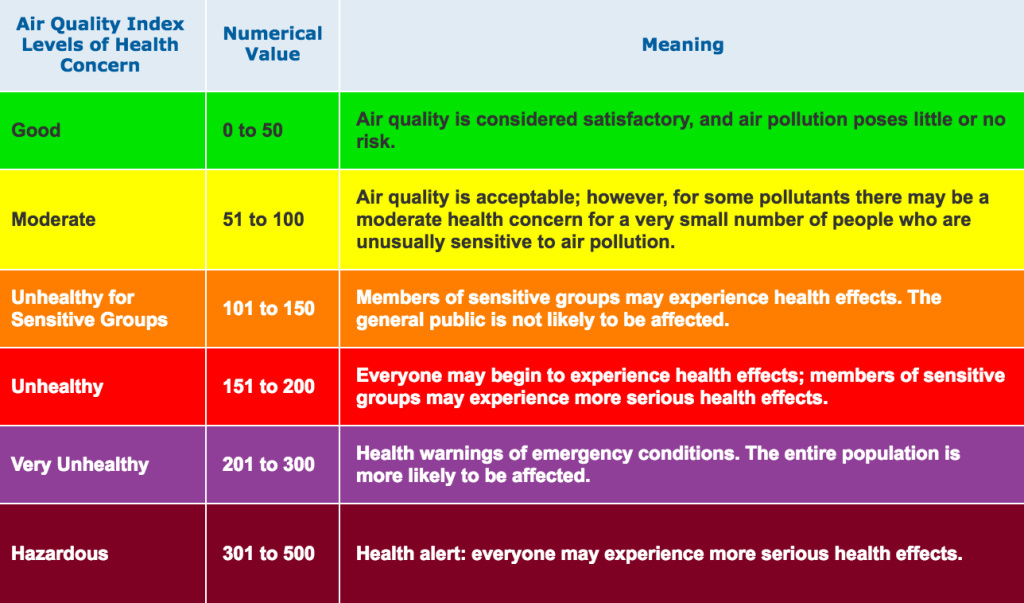
What is Air Pollution?
Air Pollution occurs when gases, dust particles, fumes, smoke, or odor are introduced into the atmosphere in a way that makes it harmful to humans, animals, and the planet.
Common Indoor Air Pollutants and Tips on How to Avoid Them
To help prevent carbon monoxide exposure, make sure appliances such as gas stoves vent to the outside whenever possible and that all appliances are properly installed, used and maintained.
- Install a kitchen exhaust fan above your gas cook top if possible
Combustion heating and cooling appliances such as heating, ventilation, and air conditioning units, gasoline-powered heaters, and other appliances are sources of carbon monoxide. Properly install, use and maintain fuel-burning appliances.
- Install carbon monoxide detectors in living spaces
Secondhand smoke from cigarettes, cigars and other tobacco products can trigger asthma and other respiratory illnesses especially in children. To help protect children from secondhand smoke, do not smoke or allow others to smoke inside your home or car.
- Don’t smoke indoors or in cars
Pesticides used to rid homes of rodents, termites, insects, and other pests, can irritate the eyes, nose, and throat; damage the central nervous system and kidneys; and increase the risk of cancer.
- Don’t leave food out, and if you must use pesticides, ventilate during and after use and follow directions to limit exposure.
- Use non-chemical methods of pest control when possible
Common household cleaners, often placed under the kitchen sink, release Volatile Organic Compounds (VOCs), when used and stored. Store household products that contain chemicals according to manufacturers’ instructions and keep all products away from children.
- Consider purchasing cleaners without VOCs
- Avoid fragrances and scented products
Bathrooms are a common source of mold. Humidity from showers can cause moisture problems, which will lead to mold growth. Mold can cause allergic reactions, asthma and other respiratory ailments. Installing and using a ventilation fan will help to control moisture and inhibit mold growth
- Regularly ventilate your home to remove indoor pollutants and build up of moisture. Turn on exhaust fans, particularly when bathing, showering, cooking, doing laundry and drying clothes.
It is important to dry water-damaged areas and items within 24-48 hours to prevent mold growth.
Pets can trigger allergy and asthma attacks due to dander and hair. Keep them out of the sleeping areas, and away from upholstered furniture, carpets, and stuffed toys.
- Vacuum and clean carpets, rugs and furniture often
Radon is the leading cause of lung cancer among non-smokers in the U.S. It is a naturally occurring radioactive gas that can enter a home through cracks and openings in floors and walls that are in contact with the ground. Testing your home is simple and inexpensive.
- Ventilate by opening windows and seal cracks in flooring
- Testing is the only way to know if radon is in your home. Do-it-yourself test kits are convenient and accessible, or you may choose to have a professional test your home. If the test result indicates your radon level is too high, a qualified radon service professional can install a radon mitigation system.
For New Construction: Radon-resistant new construction (RRNC) draws radon from the soil and vents it through a pipe to the roof, preventing its entry into the house. This technique uses common materials and building skills. RRNC costs less than retrofitting a similar radon reduction system after the house is finished. New home buyers should ask their build to include RRNC features. All new homes, even new RRNC ones, should be tested for radon.
Dust mites can trigger allergy and asthma attacks. Dust mites are everywhere especially on pillows, blankets, carpets, upholstered furniture and stuffed toys.
Educational Materials
Air Quality Related Value Photos submitted by Santa Ana Tribal Members
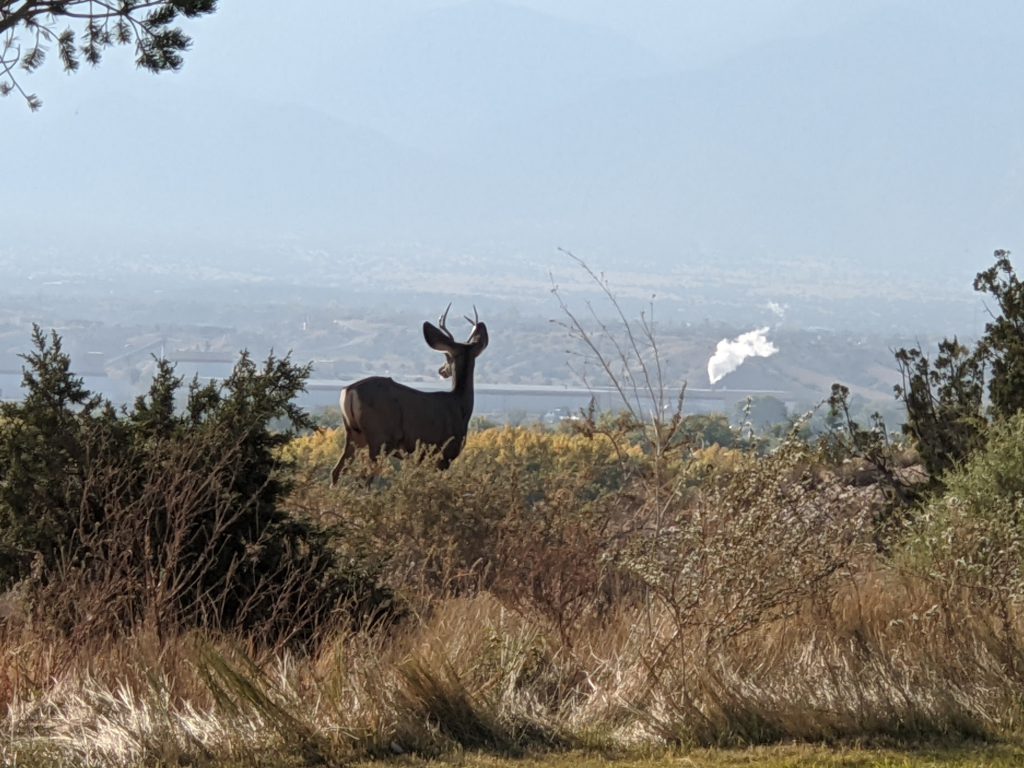
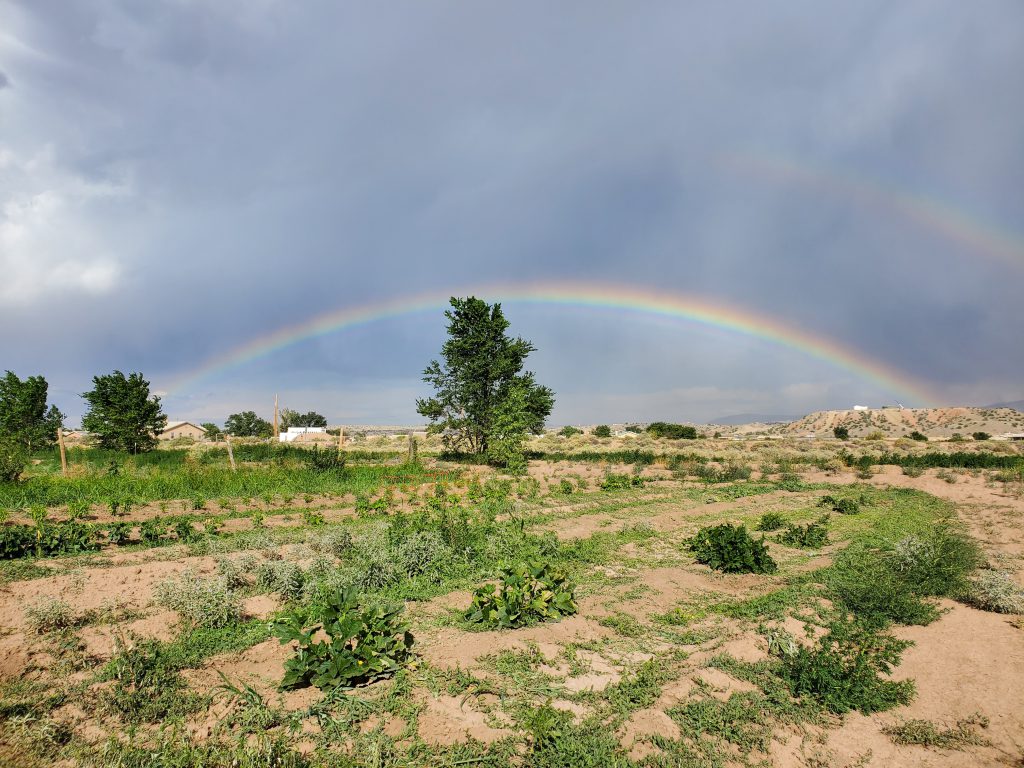
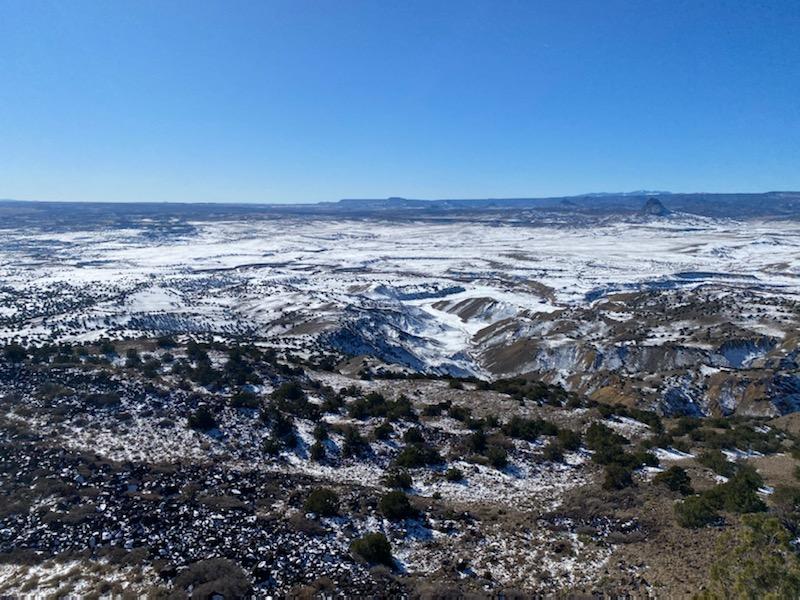
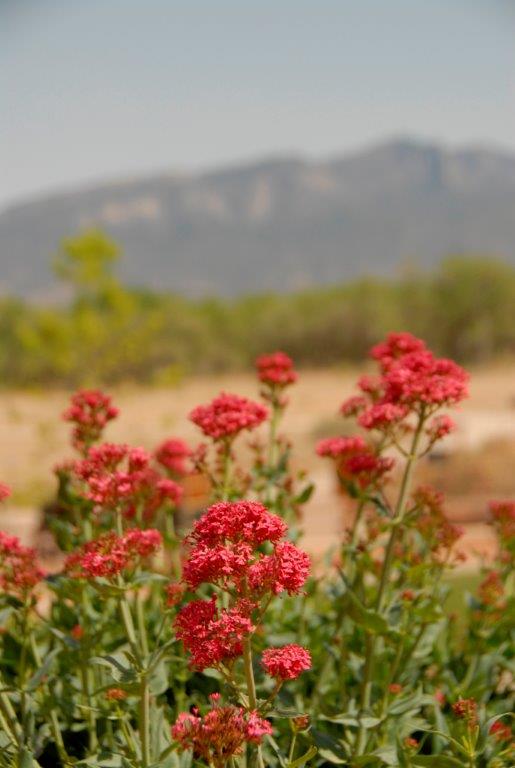

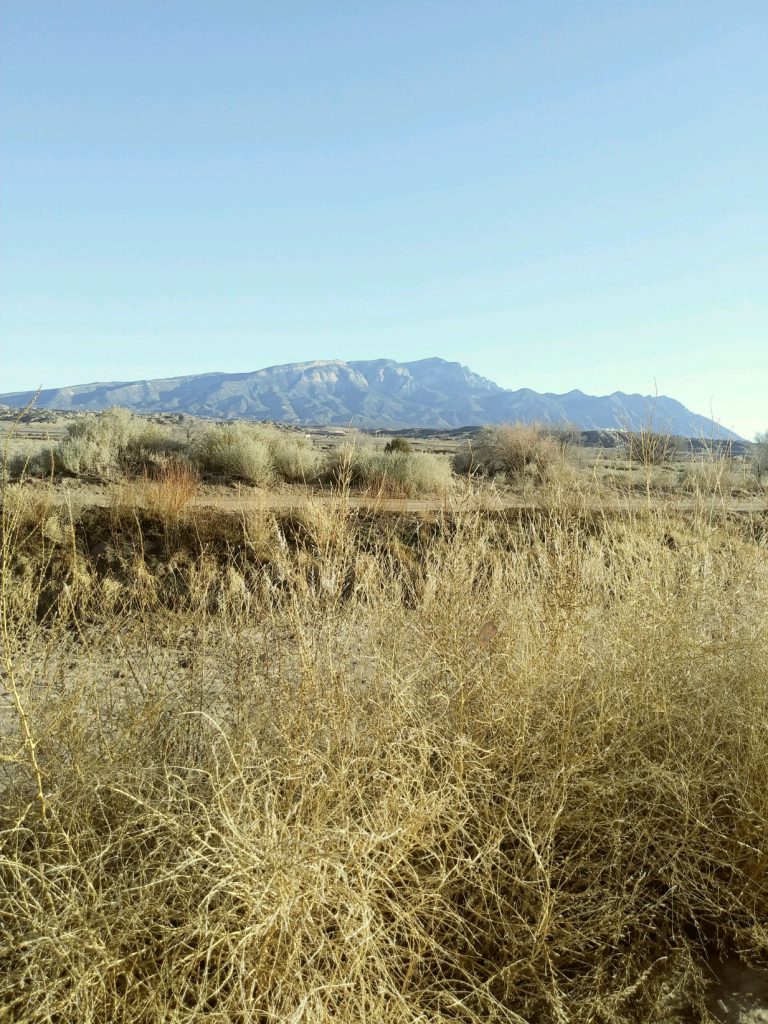



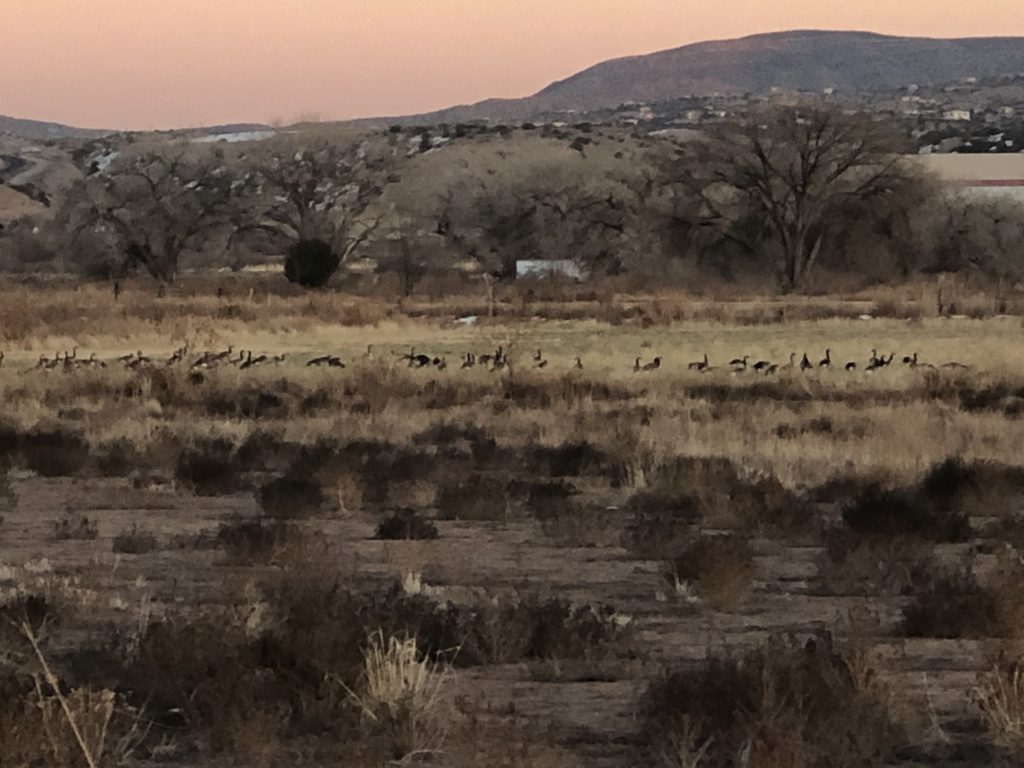
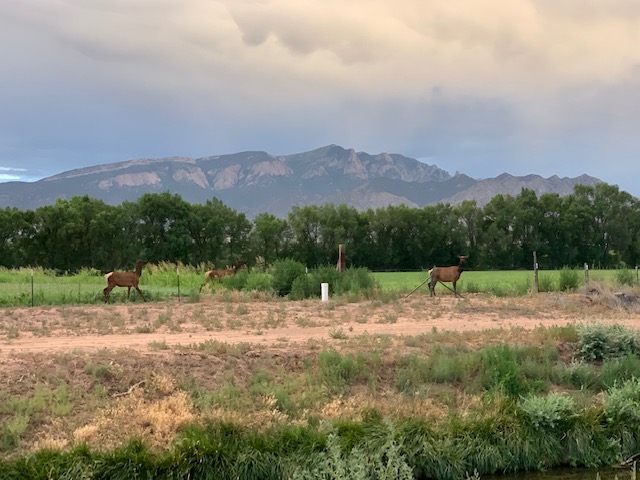
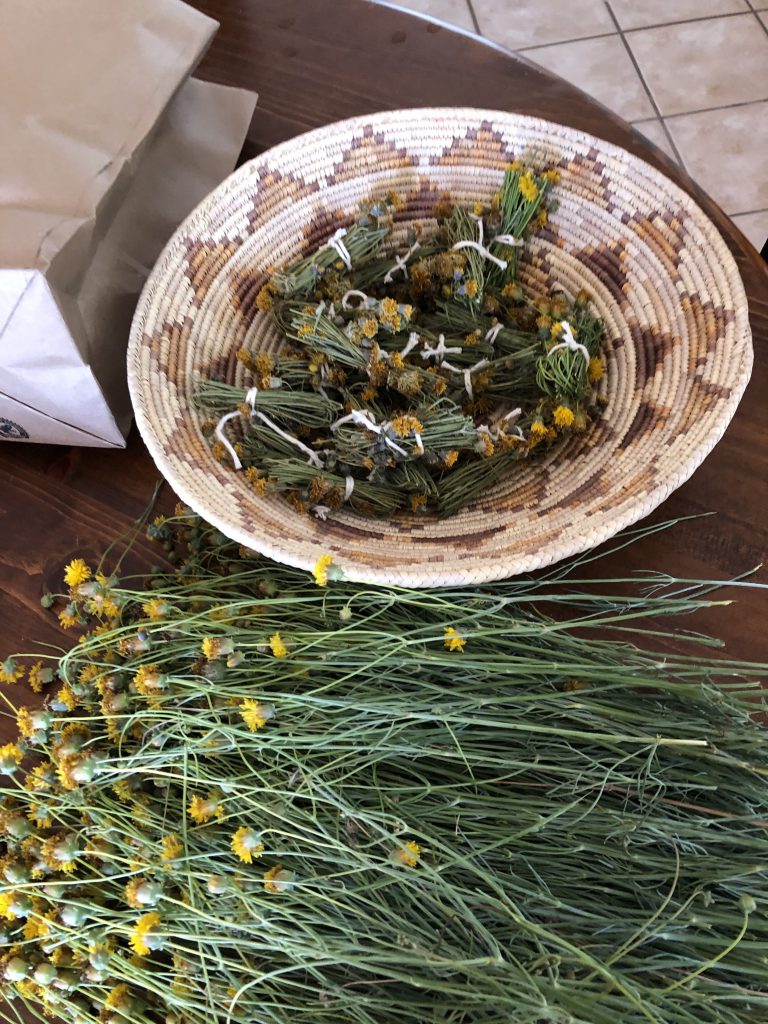



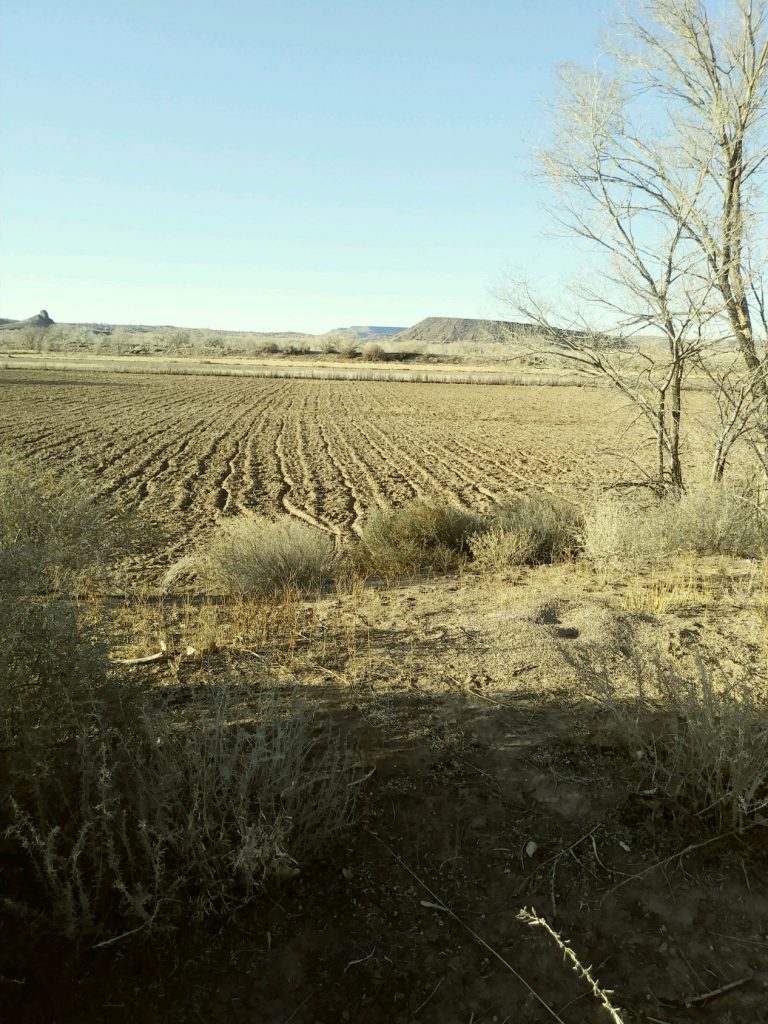

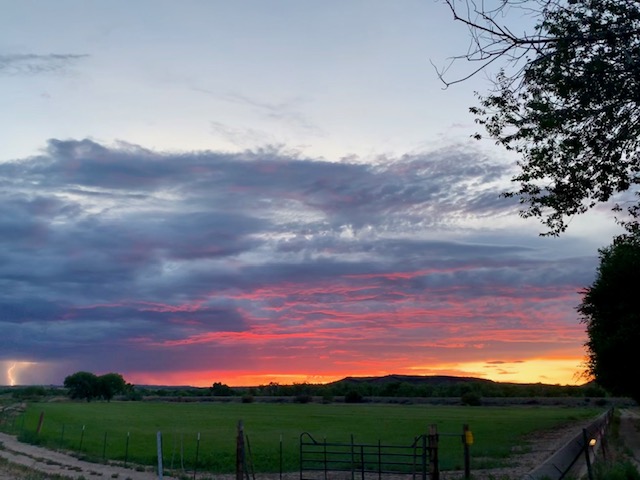
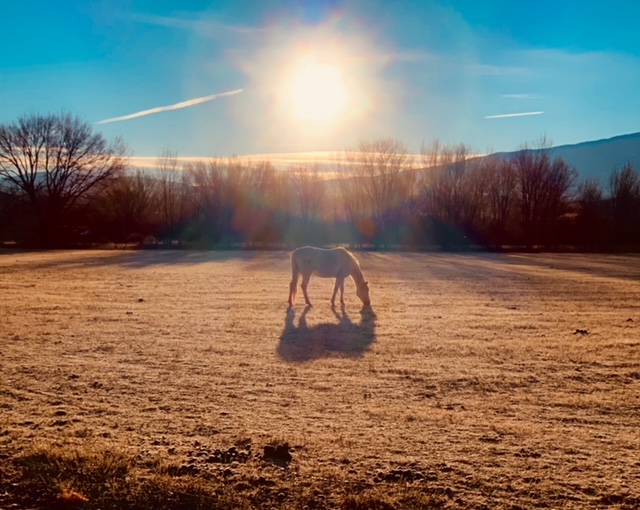
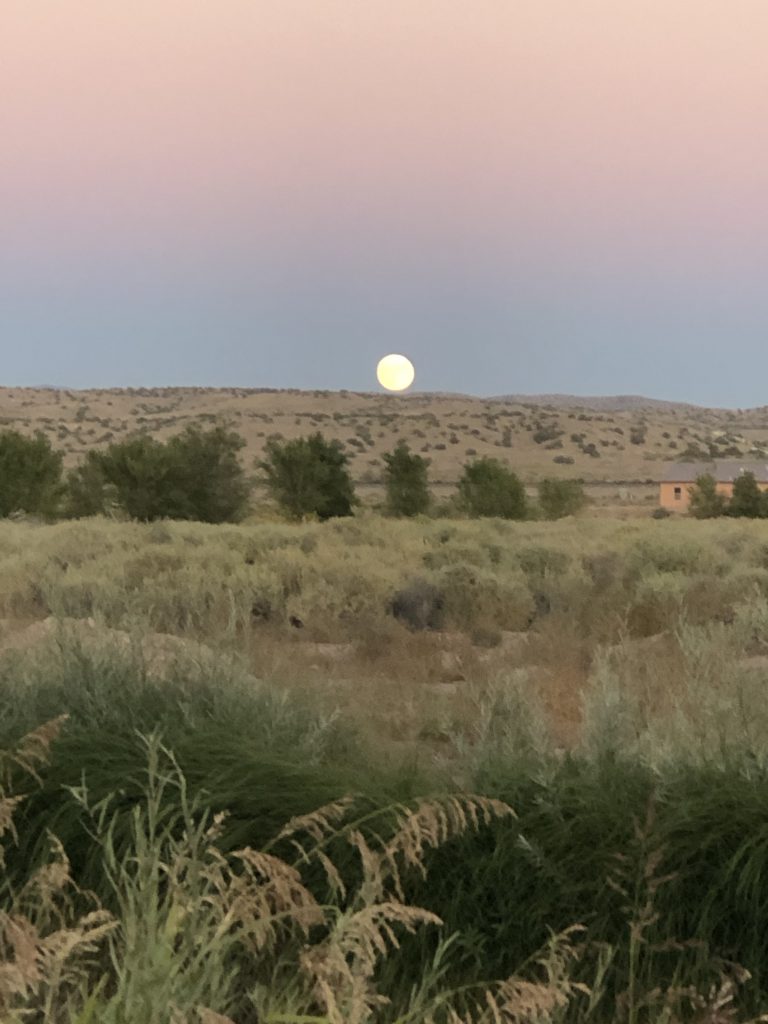

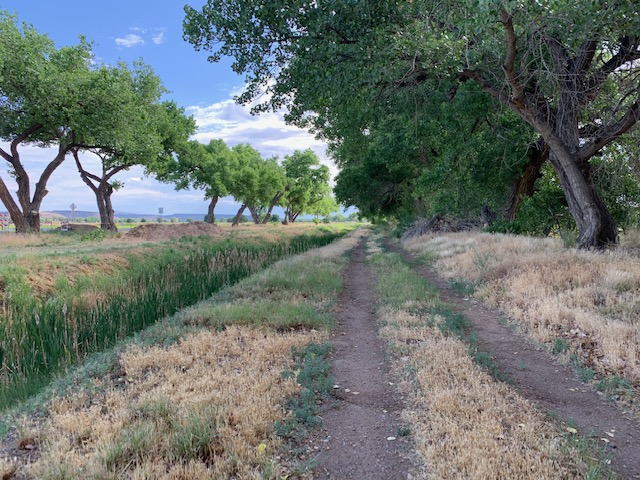

Contact us
Tara Weston, Environmental Program Manager, tara.weston@santaana-nsn.gov
Victor Lopez, Environmental Technician I, victor.lopez@santaana-nsn.gov
